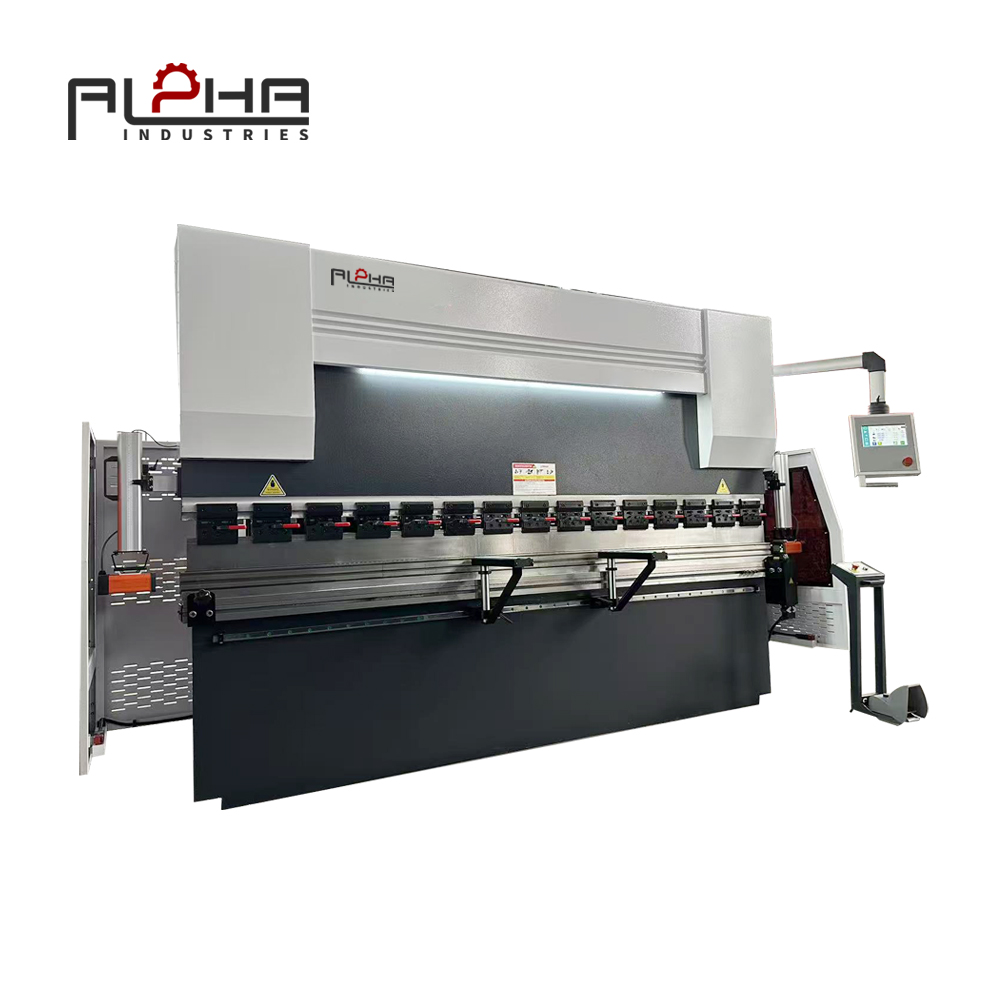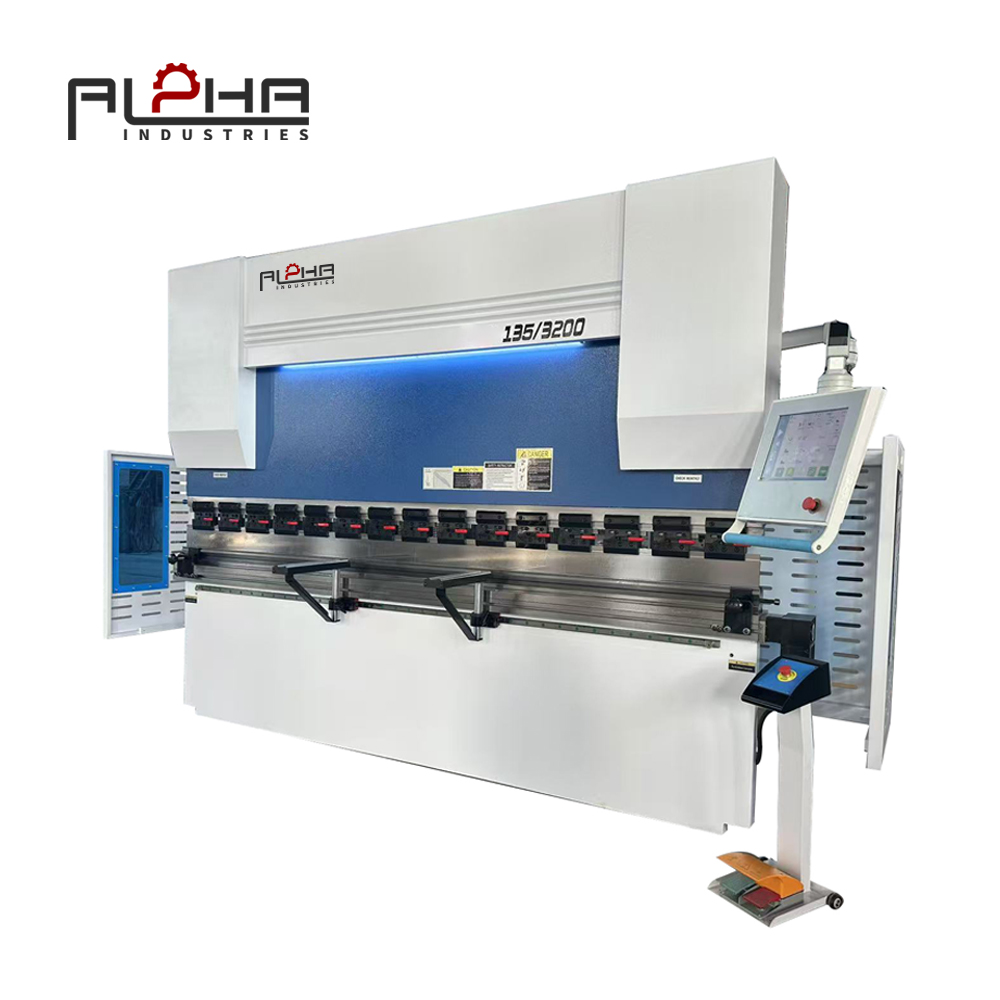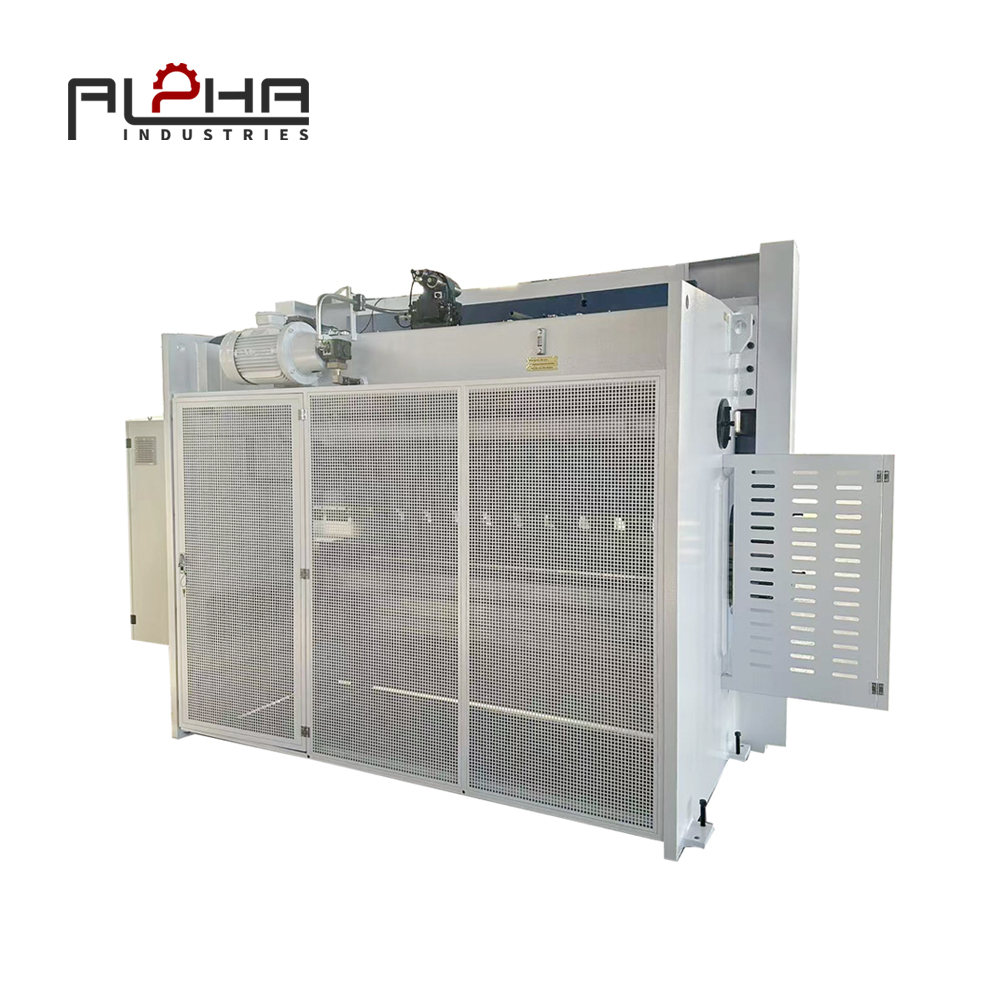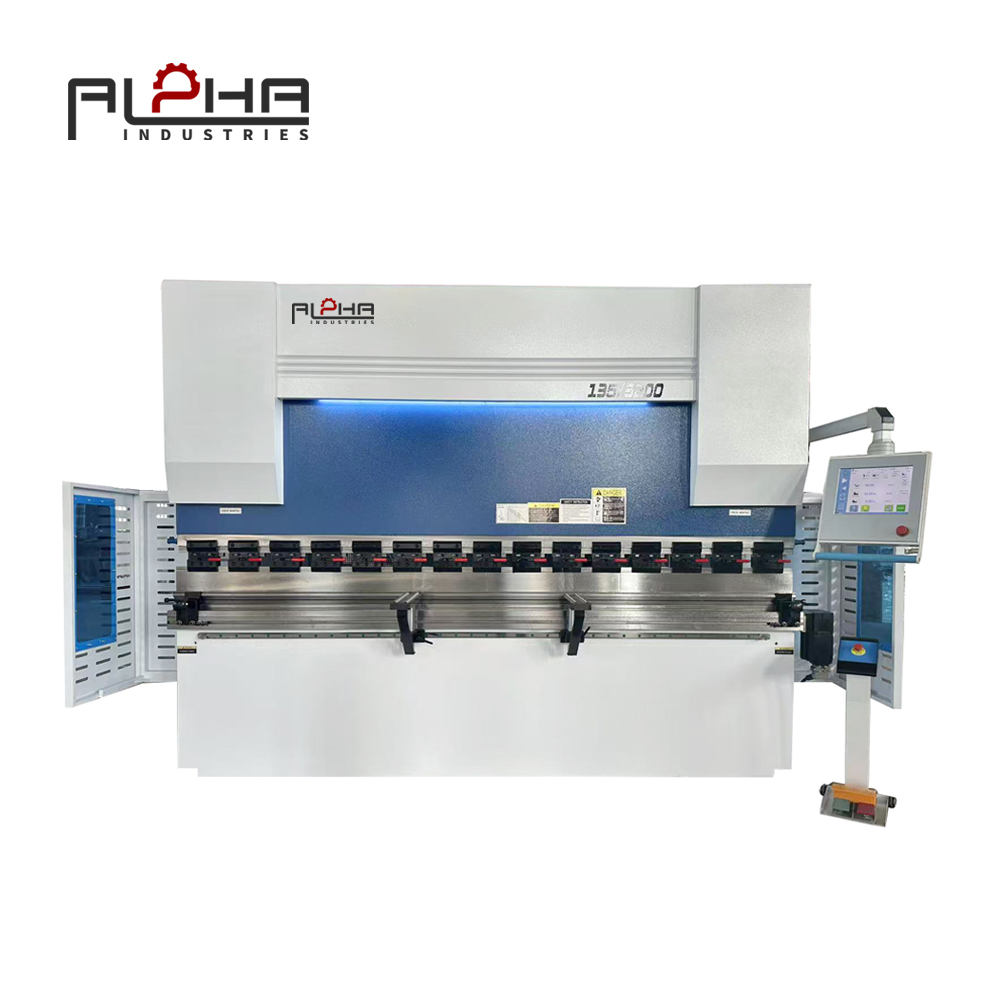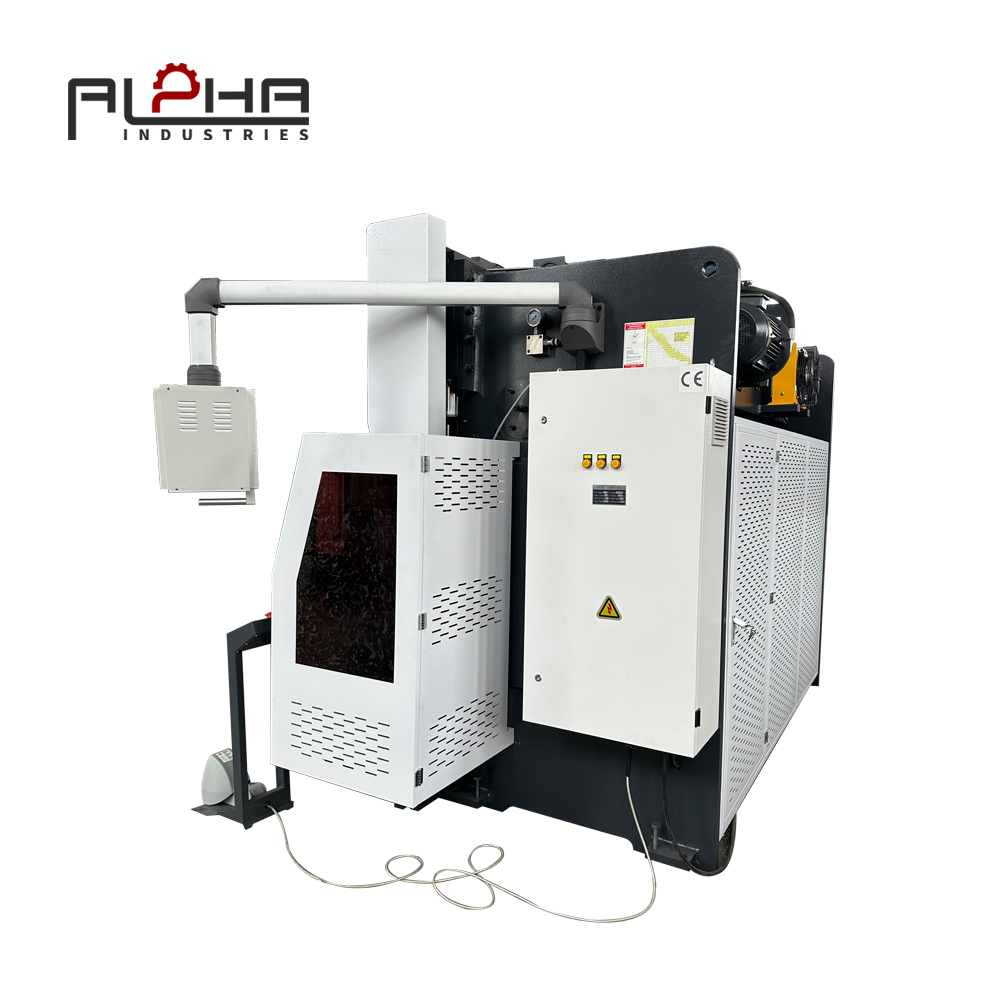Press brake machines are essential equipment in metal forming operations, used to bend and form sheet metals into desired shapes. They function by clamping the metal workpiece between a punch and die and applying controlled force to make precise bends.
Types of Press Brake Machines
Hydraulic Press Brake
Hydraulic press brakes use hydraulic cylinders to apply force. They offer consistent pressure and are suitable for thick material bending.
CNC Press Brake
CNC (Computer Numerical Control) press brakes allow programmable control over bend angles, back gauge positioning, and ram depth—ideal for high-precision, repetitive tasks.
Key Components of a Press Brake
-
Ram (Upper Beam):Moves vertically to press the punch into the die.
-
Bed (Lower Beam):Supports the die and the material.
-
Back Gauge:Aligns material for accurate bends.
-
Control System:Varies from manual to advanced CNC interfaces.
-
Press Brake Tooling:Custom punches and dies allow for different bend shapes and radii.
Advantages of Using a Press Brake
-
High Bending Accuracywith programmable angles.
-
Repeatabilityfor mass production tasks.
-
Energy Efficiencywith modern hydraulic systems.
-
Versatilityfor steel, stainless steel, aluminum, and copper.
-
Flexible Toolingallows multiple bend geometries.
Common Applications in Industry
-
HVAC duct forming
-
Control cabinets and enclosures
-
Automotive panels
-
Elevator parts
-
Steel furniture manufacturing
Safety and Operation Guidelines
-
Always set proper tooling clearances.
-
Use two-hand or foot switch control systems.
-
Install light curtains or safety guards in CNC models.
-
Regularly check hydraulic oil and filters.
Maintenance Best Practices
-
Lubricate guide rails and ram components.
-
Monitor oil levels and replace filters periodically.
-
Check electrical components for wear.
-
Re-calibrate CNC systems for consistent performance.
FAQ – People Also Ask
Q1: What is the working principle of a press brake?
A press brake bends metal by applying force through a punch that presses the material into a die.
Q2: Can a press brake bend stainless steel?
Yes, with the appropriate tonnage and tooling, stainless steel can be accurately formed.
Q3: What is the difference between a press brake and a folding machine?
A press brake bends by pressing, while folding machines lift and fold material from the bottom.
Q4: How do I select the right press brake capacity?
Determine based on material thickness, length, and bend radius. A bending force chart can guide selection.
Q5: What is press brake crowning?
Crowning compensates for deflection in the ram or bed to maintain uniform bend angles.
Call-to-Action
Get a Custom Press Brake Quote Now
Explore powerful sheet metal bending solutions tailored to your workshop needs.



